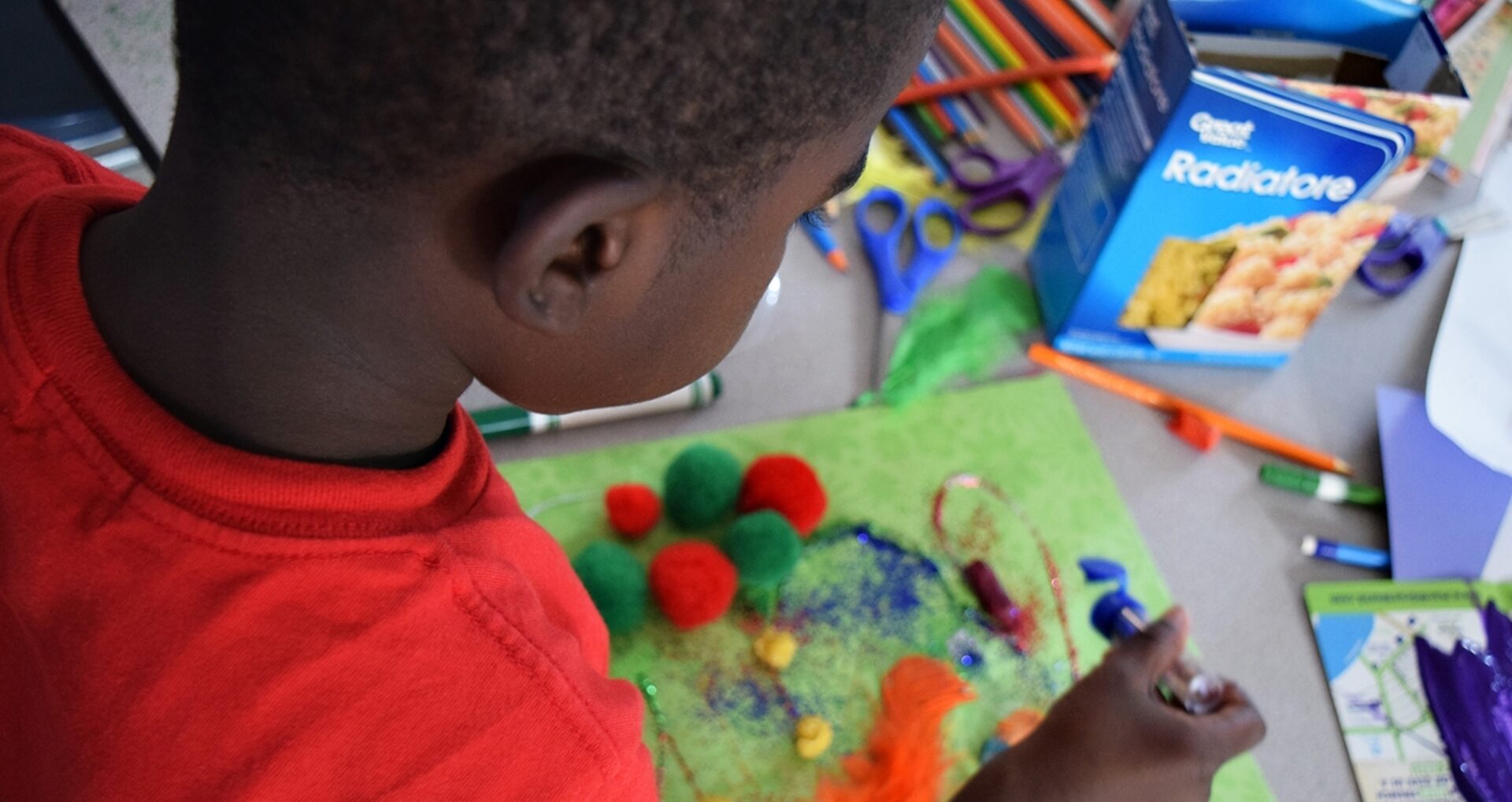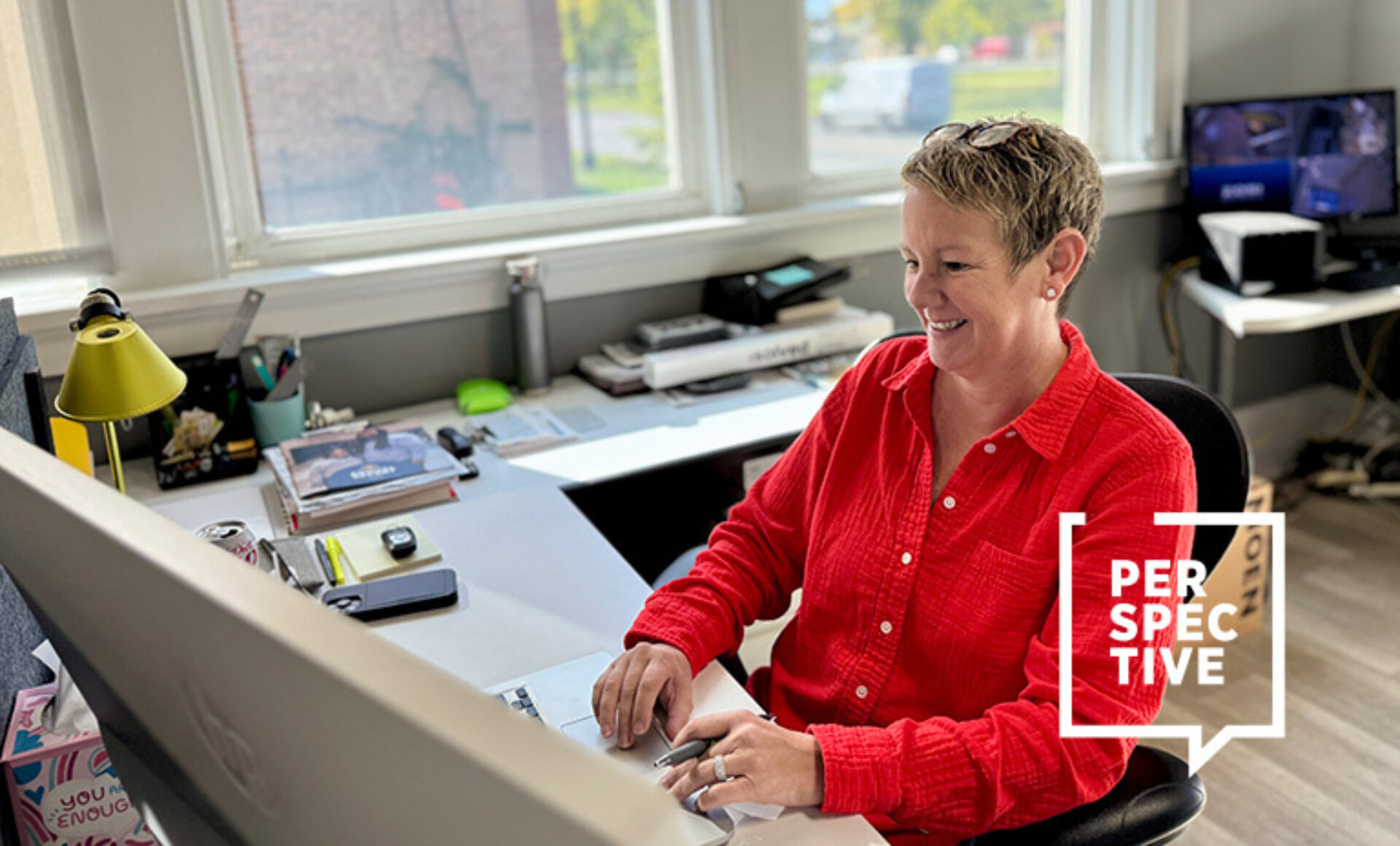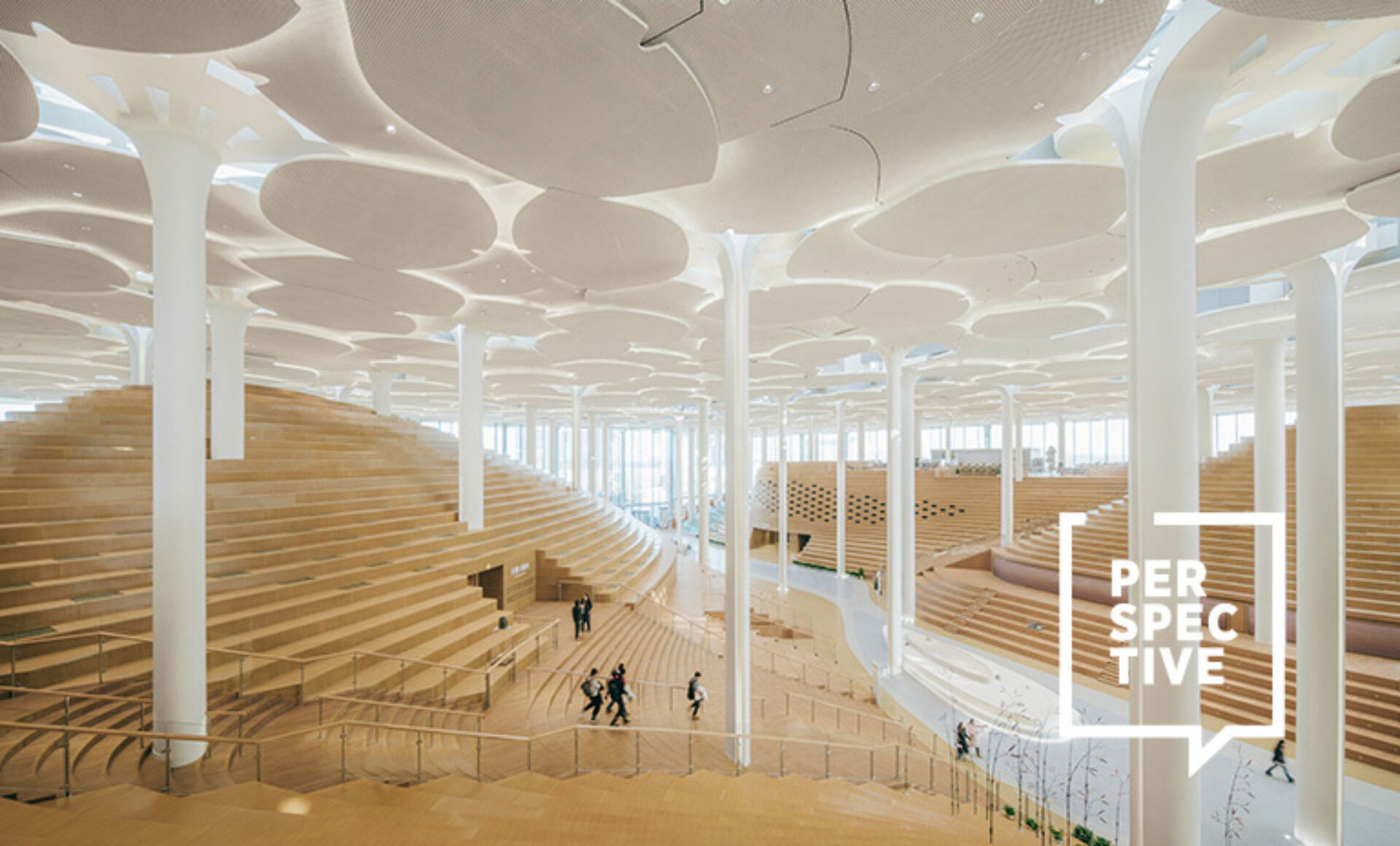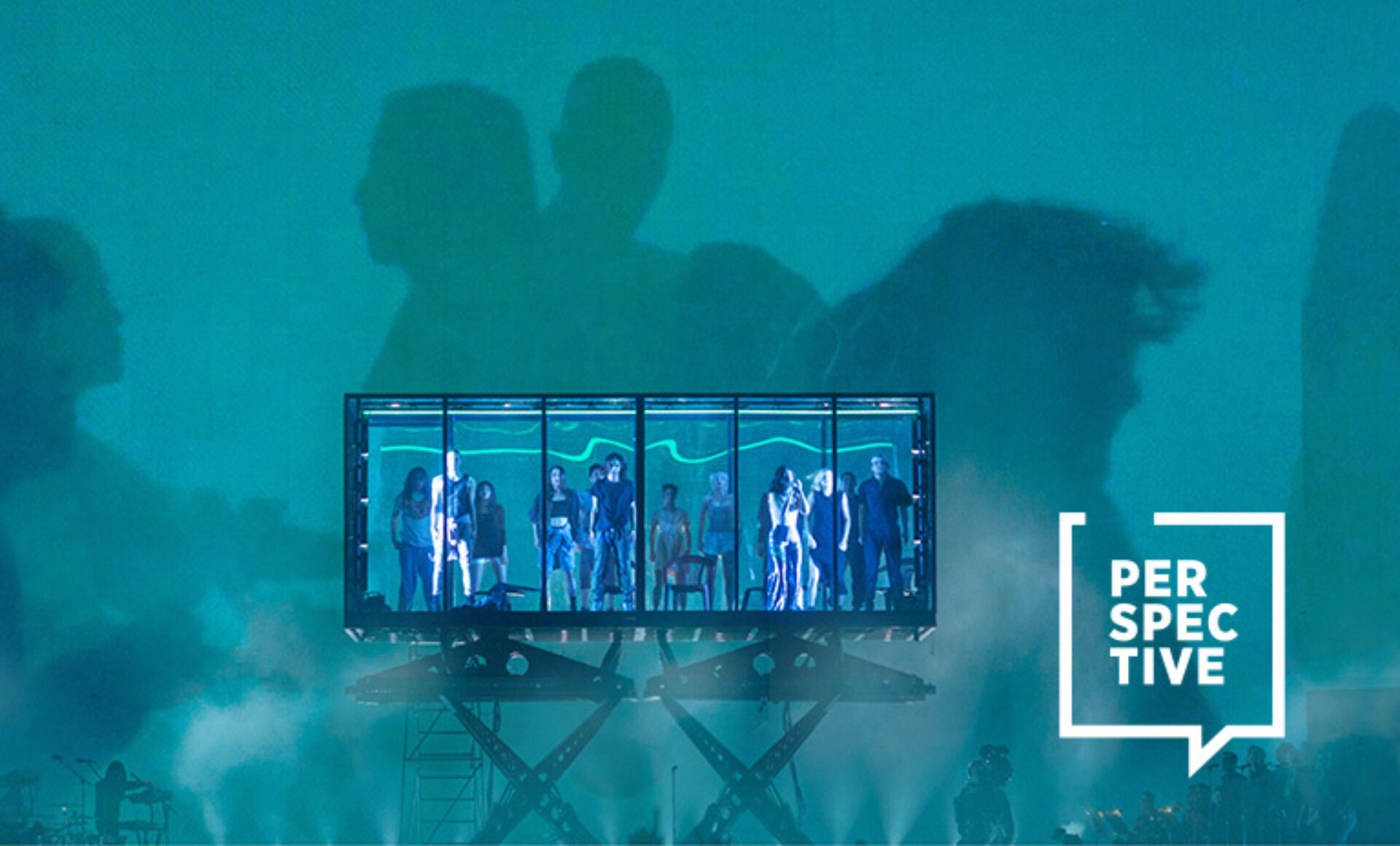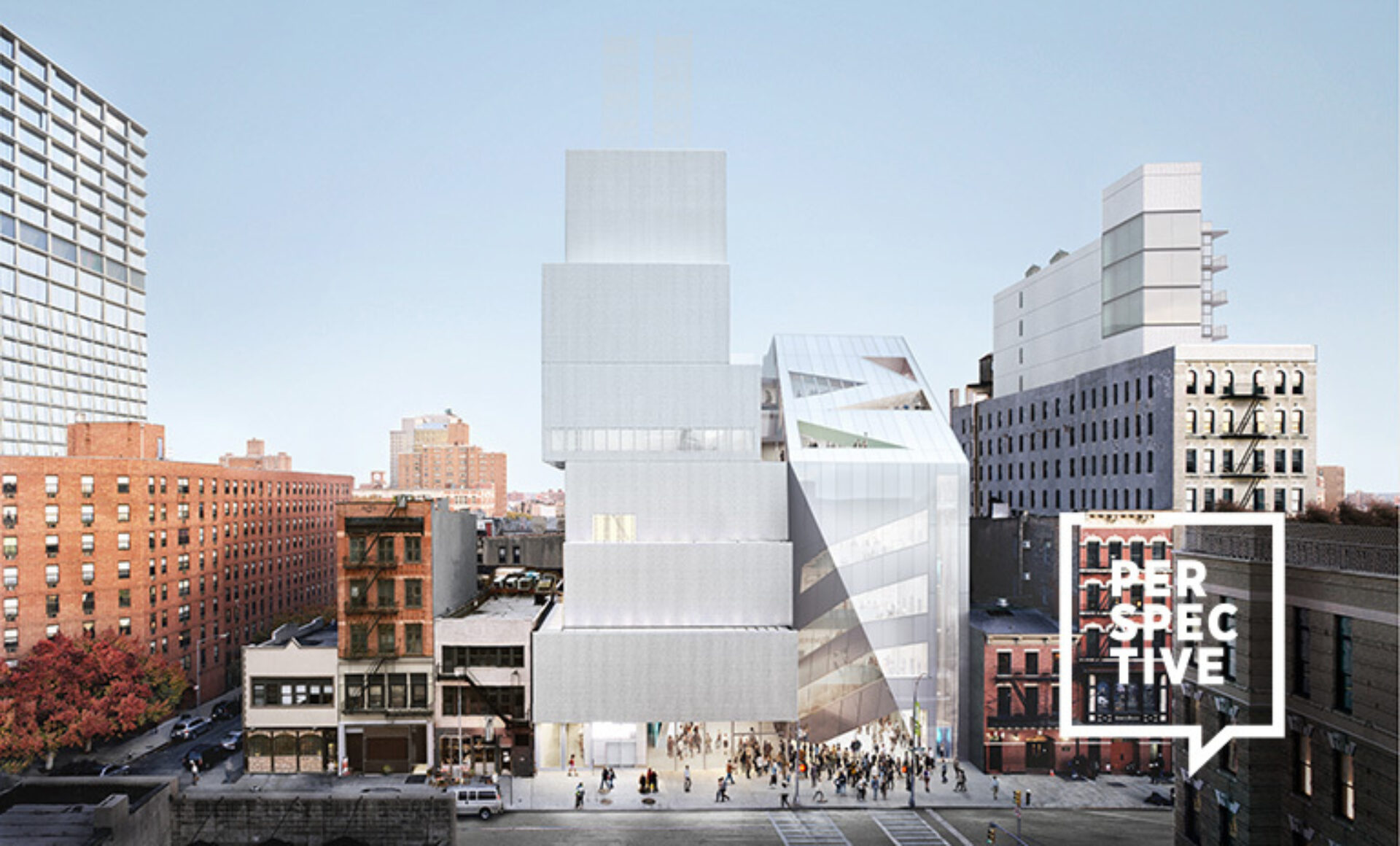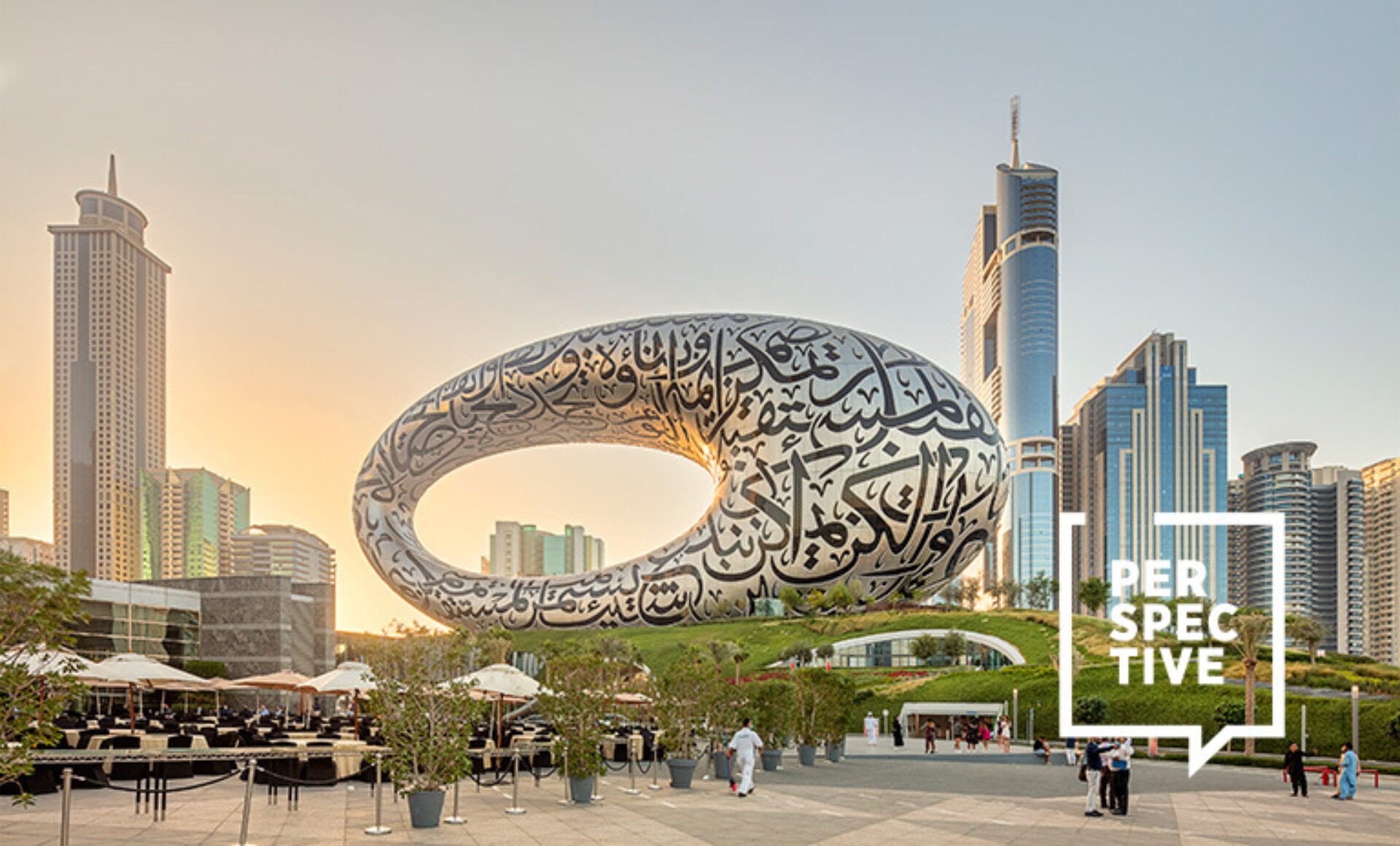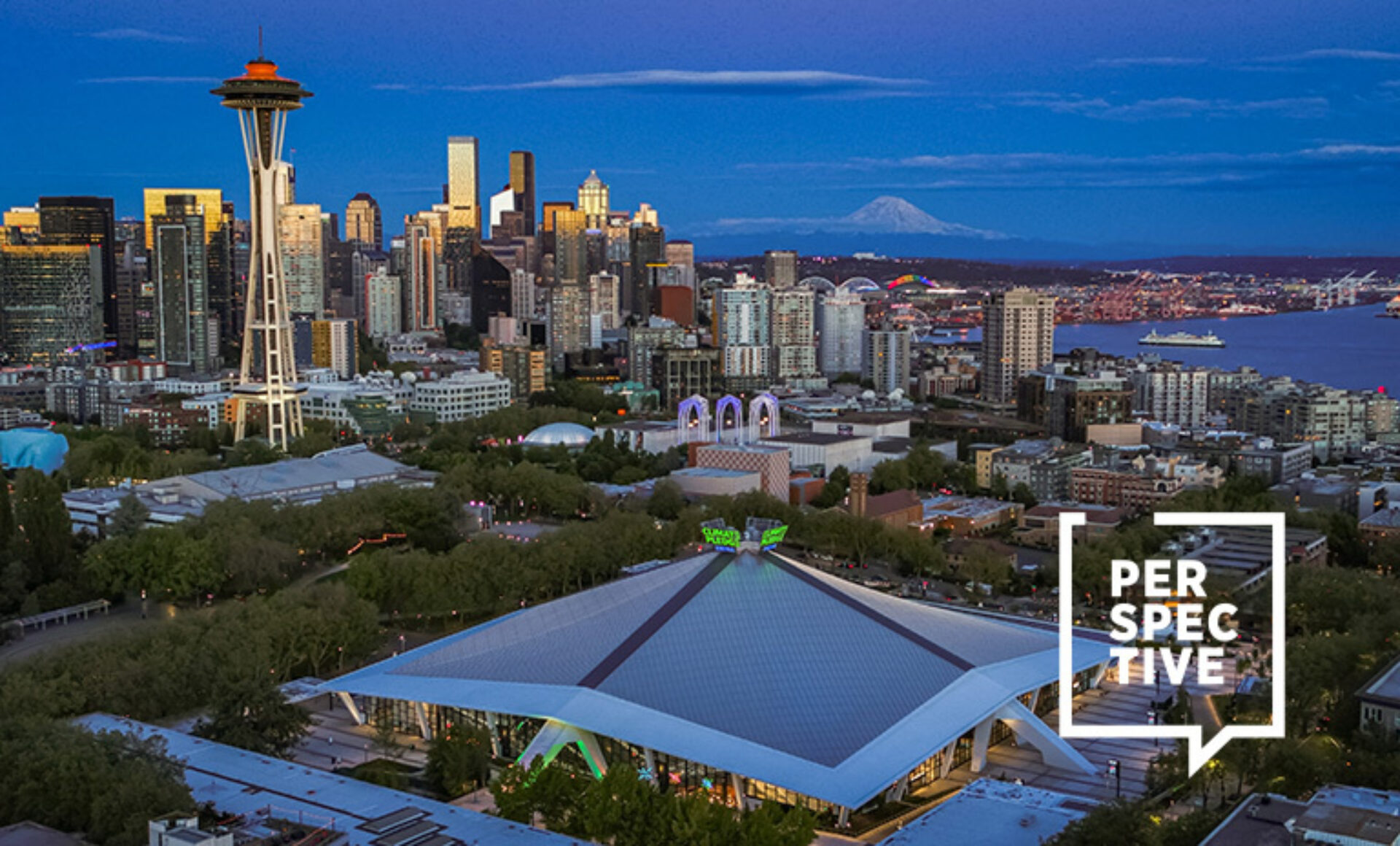Following the unprecedented demonstrations against racial discrimination, design firms around the world pledged to diversify their ranks. At the same time, though, according to a study by Institute for Corporate Productivity, more than a quarter of organizations report putting all or most diversity and inclusion initiatives on hold because of the pandemic.
It is, however, abundantly clear that there is much work to be done and statistics reinforce this: In the United States, 73% of designers across all disciplines in the United States identify as white (non-Hispanic), despite comprising only 60.1% of the population at large, per Census Bureau stats. Black people account for 13.4% of the general population but only 5% of designers and 18.4% of U.S. residents who identify as Hispanic represent only 3 percent of designers.
Addressing the problem is going to take far more than adding diversity and inclusion to a firm’s mission statement. To truly address the issue at its root, the design industry needs to look at the next generation of designers—and connect with them while they’re young.
In her 2016 research thesis, Jacinda Walker outlined the many barriers systemic racism and its economic effects have created for aspiring designers. As early as the K-12 level, students attending underfunded schools in minority communities often lack access to the kind of programming that would prepare them for the rigorous coursework of higher education, and often don't have the exposure to career opportunities within design. It’s a setback that’s potentially coupled with unaffordable tuition fees and general support for first-generation college attendees. The result? Long before entering the workforce or even choosing a major, “you’re already coming from behind,” says Walker a graphic designer in Cleveland, Ohio.
Looking to help kids buck the trend, she launched designExplorr in 2016 as a platform of strategies and resources—educational materials, art supply kits, for-hire workshops and presentations—aimed at introducing creativity and other modes of design thinking to young people.
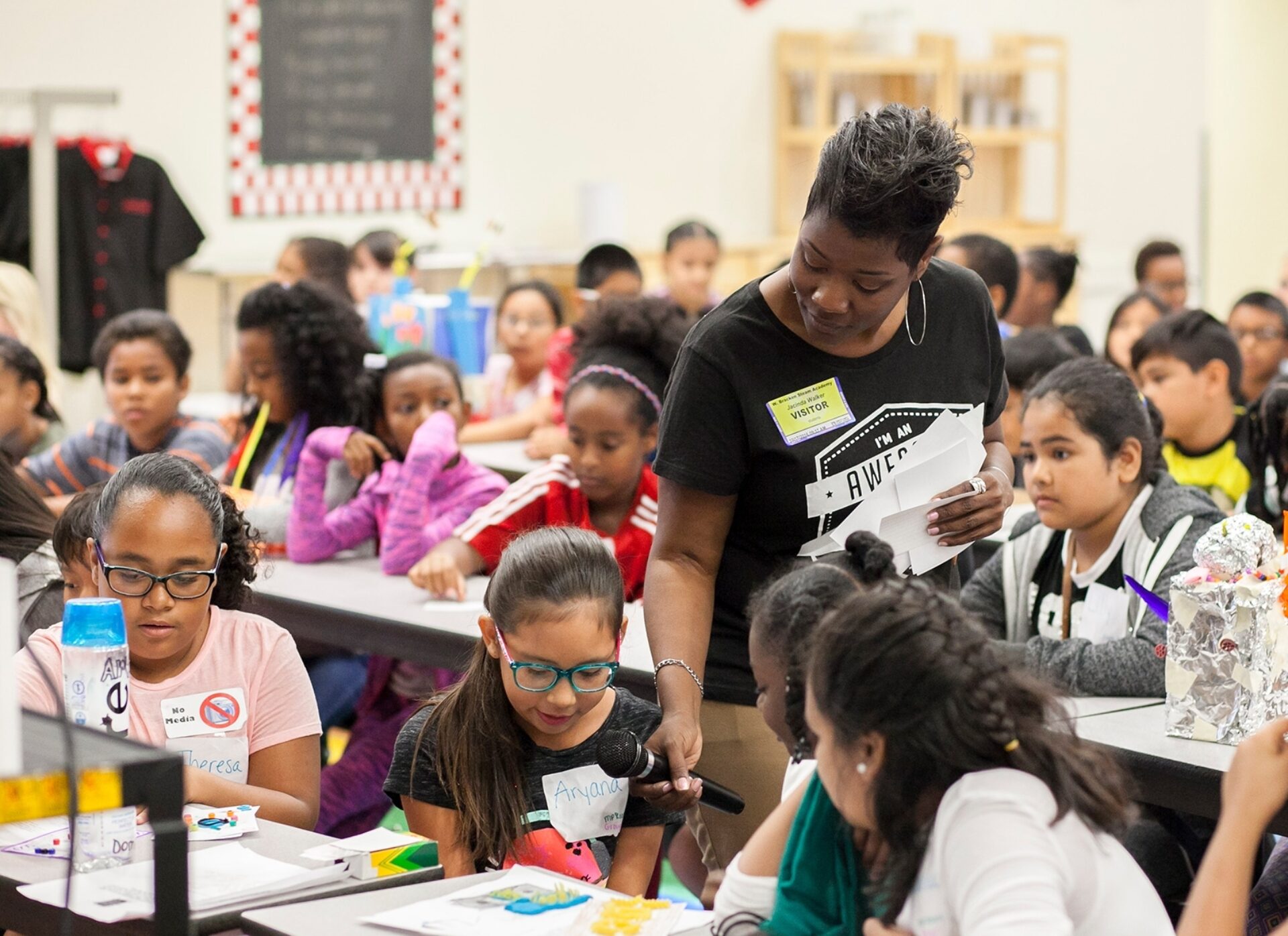
Image courtesy of SF Design Week
See It, Be It, Change It
Universities are also doing their part by bringing design to their local high schools as well as bringing young people to design. Both Harvard’s Design Discovery: Young Adult program and Cornell’s Future Architect Award invite teenagers from underrepresented communities to campus for immersive studio experiences. In Los Angeles, the majority-Latino students of STEM Academy of Hollywood are matched with practicing architects and interior designers as part of the school’s mentorship program. And Princeton School of Architecture and Trenton Central High School collaborated to launch Princeton ArcPrep, a semester-long course in architecture and design that includes history and theory as well as practical skills. Rather than taking place after school as an extracurricular activity, it’s a rare example of a design course integrated into the school day—and one that provides some much-needed visibility to all the options available.
“If you can’t see it, you can’t be it,” says Princeton ArcPrep instructor Jorge Orozco Gonzalez. Describing himself as a former at-risk youth, he says he didn’t encounter architecture until his early twenties. Through programs like these, though, young people are empowered by a better understanding of both their options and their relationship to their surroundings. “They can now recognize the built environment with the understanding that they could change it if they wanted to,” he explains.
That kind of effort to move forward on inclusion is especially important to young up-and-comers. Among Gen Zers surveyed in a 2019 Deloitte report, “diversity/ discrimination based on personal characteristics/equality of opportunity” ranked as one of their top five concerns.
Nurturing New Voices
Beyond the classroom, the most substantial form of support that design professionals can offer young people is their mentorship. “Just sharing your experience is all it takes to turn on the light switch for some of these students,” says Tiffany Millner, an architect in Philadelphia and author of 200 Something, a memoir of her own experience as the 200th-or-so Black woman to become a licensed architect in the United States. For the last seven years, she’s worked with the ACE Mentor Program of America, a free after-school organization where volunteer interior designers, architects, and construction specialists invite high school students into their workplaces and job sites.
While the experience gives students the concrete benefits of professional connections and hands-on experience, it also provides a compass for navigating the professional environment. It helps instill those vital people skills that are too often taken for granted: “how to look someone in the eye, how to shake someone’s hand, how to follow up,” Millner says.
Whether ACE students ultimately pursue design careers or not, “if we can provide them with the know-how to get themselves ready for the interview and to get their foot in the door, at least we’ve done our part to support them moving forward.”
Next-gen designers are also going to need next-gen skills. And that means they’re “all going to have to be tech savvy,” says Eletrice Harris, architect and VP of the National Organization of Minority Architects’ (NOMA) Southern California chapter.
The fact became abundantly clear last year when SoCal NOMA’s annual summer camp had to go virtual to accommodate 160 aspiring Black and brown designers, some as young as 10 years old. The answer? Classrooms based on Twitch livestreams. Over the course of three Saturdays, the students picked up the basics of digital drawing programs to explore interior design through its materiality, texture, and composition. Their assignment was timely: redesign and reimagine their homes according to COVID-19 guidelines.
Emphasizing both technical and problem-solving skills, the summer camp is a recurring part of NOMA’s Project Pipeline. Like the university programs, the goal is to break a self-perpetuating cycle of underrepresentation among racial and ethnic minorities.
“They don’t see anyone who looks like them, who’s from their neighborhood, their culture, or their community,” Harris says. And without that connection, the dream of growing up to be a designer, then, becomes unlikely to take hold.
That’s a missed opportunity—not just for young people, but for the industry as well. For many design firms, diversity and inclusion is still seen as a matter of PR. But the reality is that it’s not just the right thing to do—it’s the smart thing to do. “What diversity will bring is a new answer to the same questions, a new solution to the problem,” says Harris. “Having different voices and views and ways of looking at it will be better, because it will be representative of how we really live.”
ADDITIONAL SUPPORT PROGRAMS
The Buffalo Architecture Foundation’s Architecture + Education Program: For more than a decade, volunteer professionals have gone into Buffalo’s majority-POC public school classrooms to lead hands-on activities focused on design and innovation, sometimes with children as young as three years old.
400 FORWARD: Named in recognition of the 400th living Black woman to become a licensed architect in 2017 (which accounts for .3% of the total licensed architects in the U.S.) 400 Forward supports Black girls aspiring to creative careers with mentorship, financial assistance, and multidisciplinary workshops.
The Hip Hop Architecture Camp: Designer Michael Ford takes a cross-disciplinary approach to sparking young people’s interest in and connection to their built environment. His week-long camp introduces middle and high school students to professional designers who lead the creation of physical and digital models, and finally, a music video summarizing what they’ve learned.
